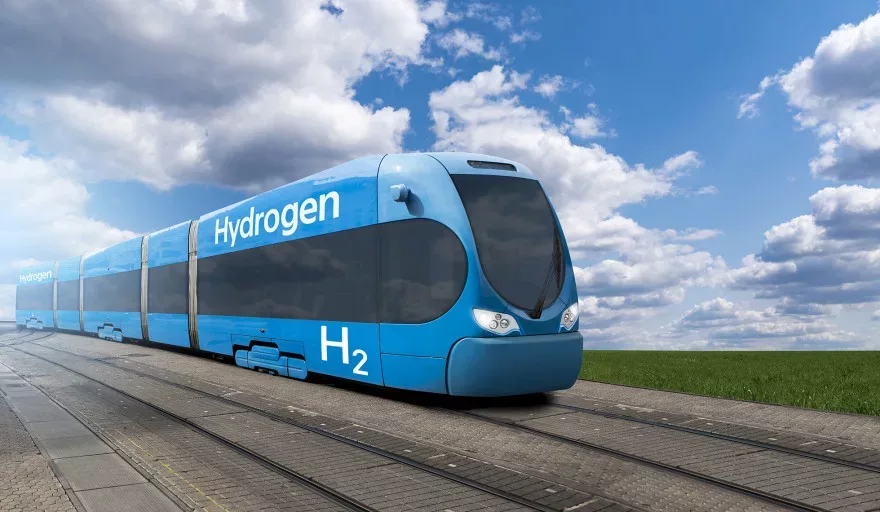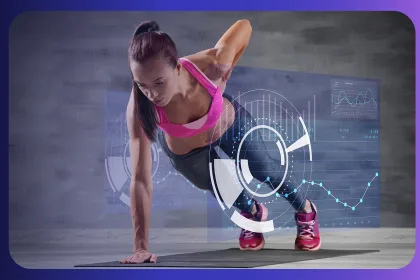Eran Gartner, rail industrialist and CEO of global infrastructure specialist Pandrol, gives his perspective on putting sustainable principles into practice in our challenging, changing world.
TURNING WORDS INTO ACTIONS
The climate has been whispering for the need for change for decades, and as we all know – there is no Planet B.
Governments across the world and businesses in every industry are finally feeling the pressure to act. There has never been a more pressing moment to accelerate the drive towards a net zero carbon emissions economy, embedding greener practices throughout the operations value-chain in design, sourcing, production, logistics and life-cycle maintenance.
The COP26 international summit is stimulating multiple nations to announce zero carbon targets by 2050, with the European Union setting a high bar with the “Fit for 55” intermediate plan to 2030.
The transport industry is in the limelight to shift a gear through initiatives including Railsponsible, with Network Rail setting science-based targets and publishing its Environmental Sustainability Strategy 2020-2050, and Deutsche Bahn committing to reach CO2 neutrality by 2040. But how can businesses pivot effectively to deliver sustainability strategies that work with – not against – performance, quality and authenticity?
FROM CRADLE TO GATE
Rail is recognised as the most environmentally friendly mode of motorised transport, yet we cannot be complacent. Net zero carbon and carbon neutral targets are challenging companies such as Pandrol to innovatively rethink.
As a designer and manufacturer of fastening systems, welding, electrification, noise and vibration and track equipment, Pandrol is perfectly positioned to lead the conversation on sustainability. Right now, we’re doing so with a cradle-to-gate Life Cycle Assessment (LCA) approach to carefully consider all our activities, as well as new product innovations designed to help us dramatically reduce, and ultimately eliminate, our carbon footprint, while maintaining uncompromising quality and performance.
Our plan for decarbonisation begins with embedding environmental and carbon considerations in our decision making. Just as the railways look to us to meet their objectives, we turn to our supply chain to join forces in achieving our ambitions. A shift to 100 percent renewable energy is a first and important step; we are moving as fast as our energy suppliers can accommodate our requirements.
SUSTAINABLE PRODUCT INNOVATION
For Pandrol – like many other organisations – products lead the way in terms of innovation.
For example, in recent years we’ve developed a range of resilient track systems manufactured using green energy and made from recycled or upcycled end-of-life tyres. Every kilometre of track fitted with the sustainable resilient system (SRS) saves 40,000 tyres from unsustainable disposal – and contrary to unsubstantiated myths, bonded recycled resin outperforms petroleum-based resilient products in the track as well as in the environment. As confirmation of their green credentials, the four products within the SRS range have recently gained Environmental Product Declarations (EPDs) – independently verified assessments that assign a precisely quantified carbon footprint to any given product. Moving forward, Pandrol will extend the EPD methodology across the product range.
ENERGY, ECONOMY AND EQUIPMENT
For environmental efforts to truly make an impact, they must be applied holistically and with focus. Beyond product innovation, Pandrol factories are making increasing use of solar, wind and biomass energy, with more than half of our sites now supplied by renewable electricity – and more to follow.
At the heart of our approach is the concept of a circular economy, in which we recycle, reuse and repair as much as possible, use water sparingly and recover as much waste as we can. This practice has delivered significant impact for factories across the world. Our Intercast and Forge iron casting foundry is strategically located in South Australia in the area converting fastest to 100 percent renewable electricity and is already using as much as 86 percent recycled raw materials.
With procured materials and services accounting for over half of our global revenue, we knew we had to prioritise the purchase process and reflect its importance to our overall success. Procurement and new product development expertise are now integrated from the beginning of all CapEx projects, as we double down on forward planning to anticipate supply issues and proactively implement sustainability as much as possible throughout the process.
When it comes to equipment, we’re exploring the use of battery-powered track equipment as a greener alternative, benefitting not only from lower emissions, but also from longer lifecycles, decreased maintenance needs and lack of fumes. Our E+ product range includes a zero-emissions hydraulic power unit, providing an ideal, low-risk solution for powering all Pandrol tools.
A HOLISTIC APPROACH
Although this overview is specific to rail infrastructure, I believe an all-round approach is key to success when it comes to sustainability, whatever your industry. Tackle issues and products in isolation and you’ll never realise the reduction the planet is craving. By thinking collectively and prioritising environmentally friendly practices across the world, you can maximise the benefits of every step forward.
When we truly align and work together as contractors, operators, designers and manufacturers, we can look ahead to a cleaner, safer, more sustainable future.
































